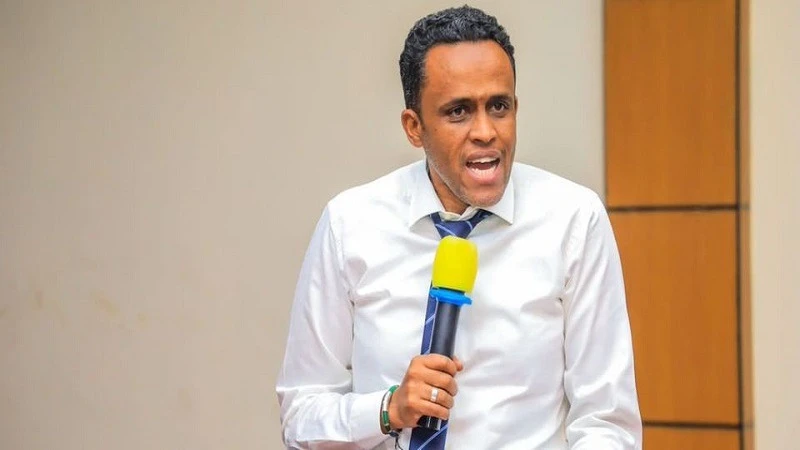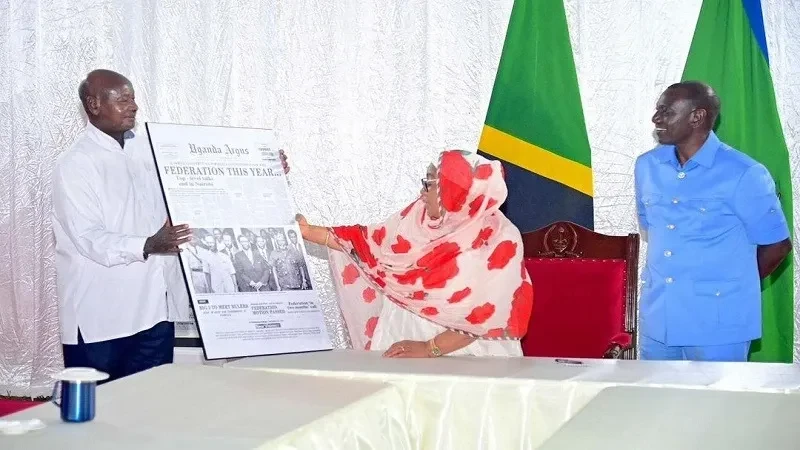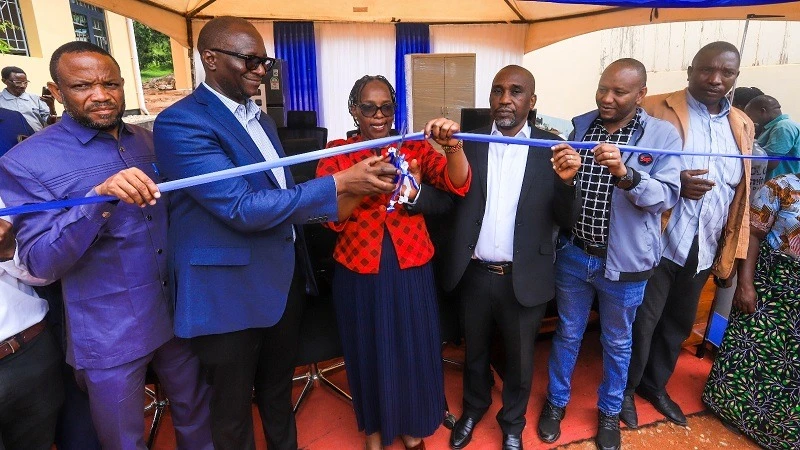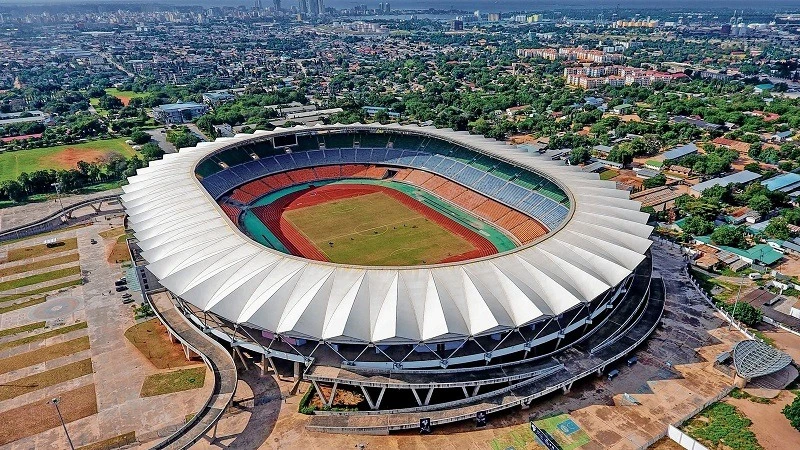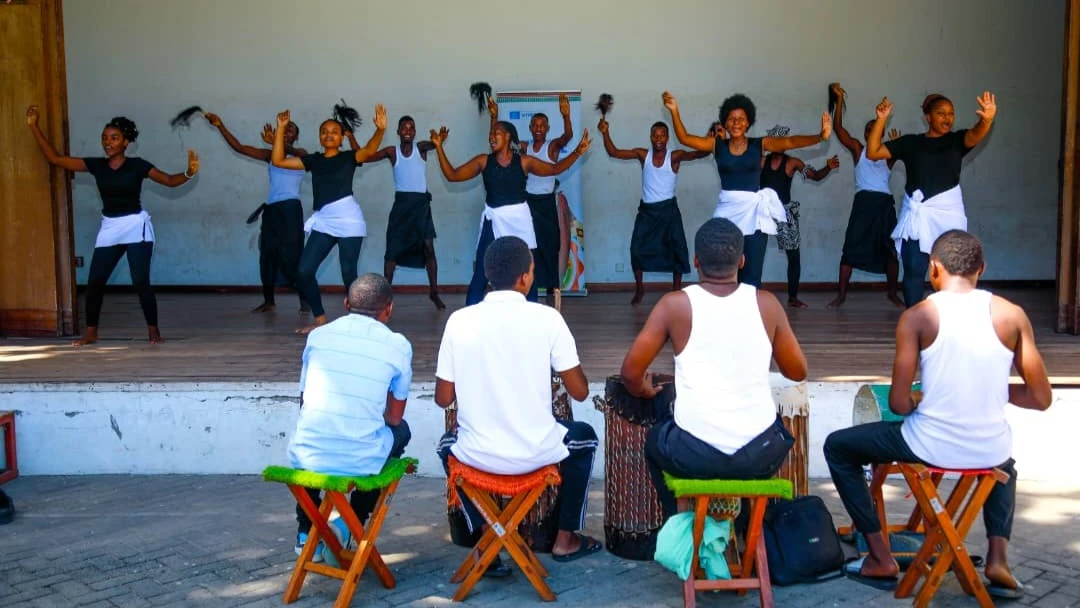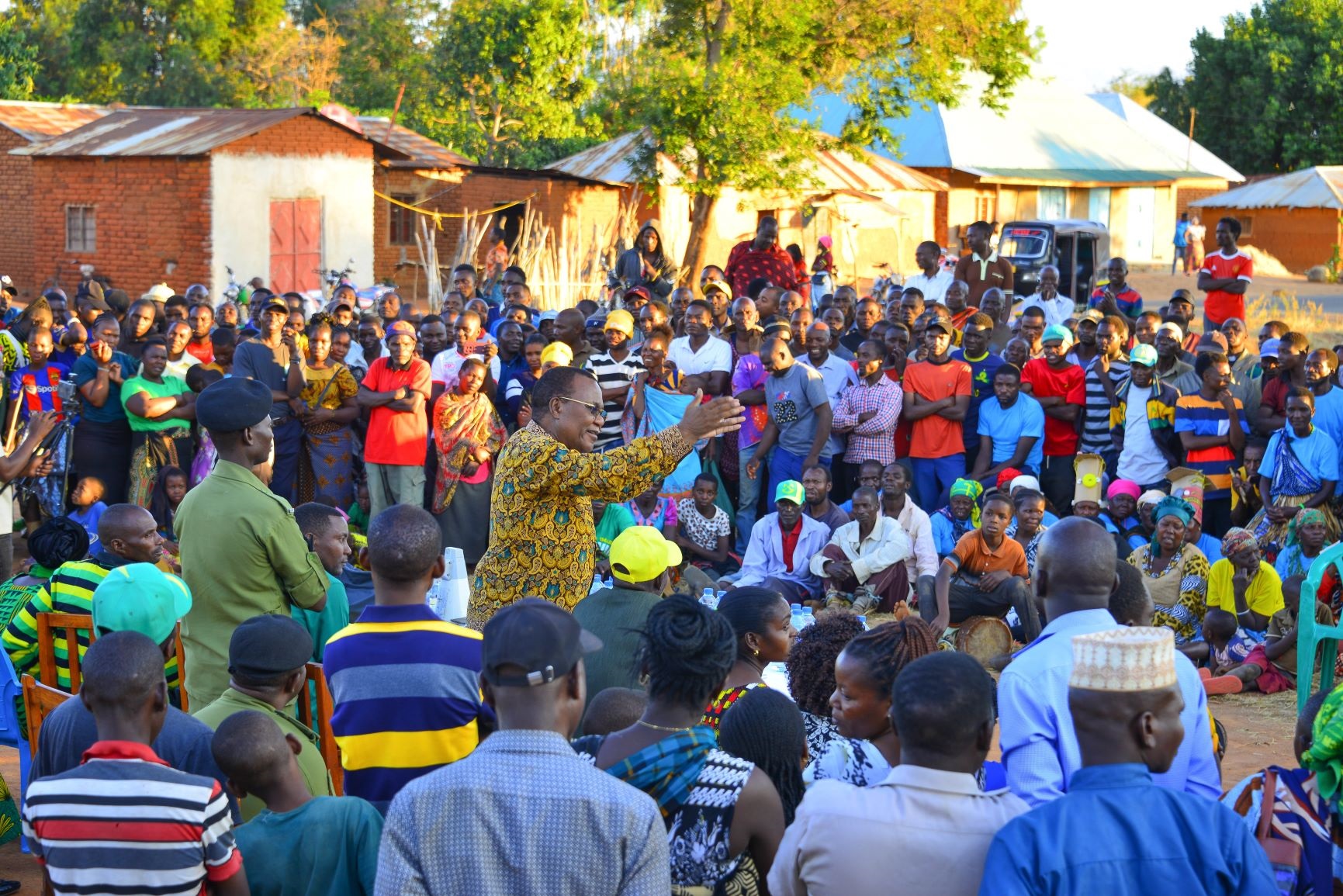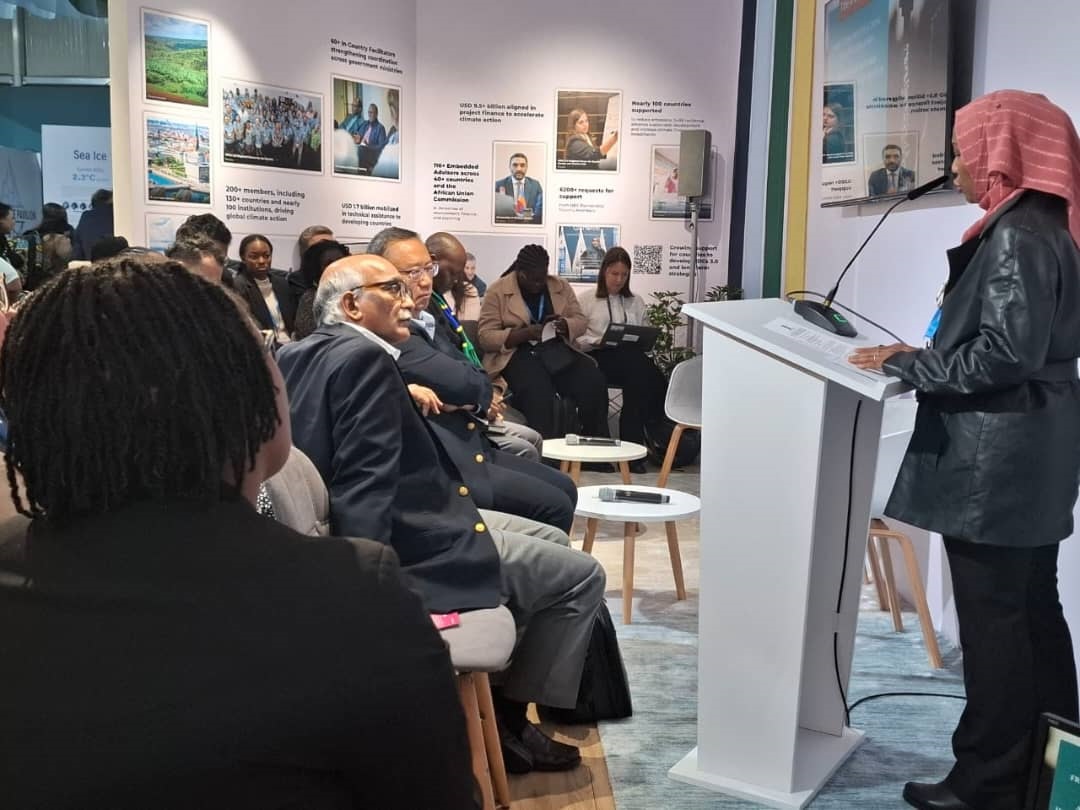Digital TV at 58pc coverage, as satellite mode tops 100pc
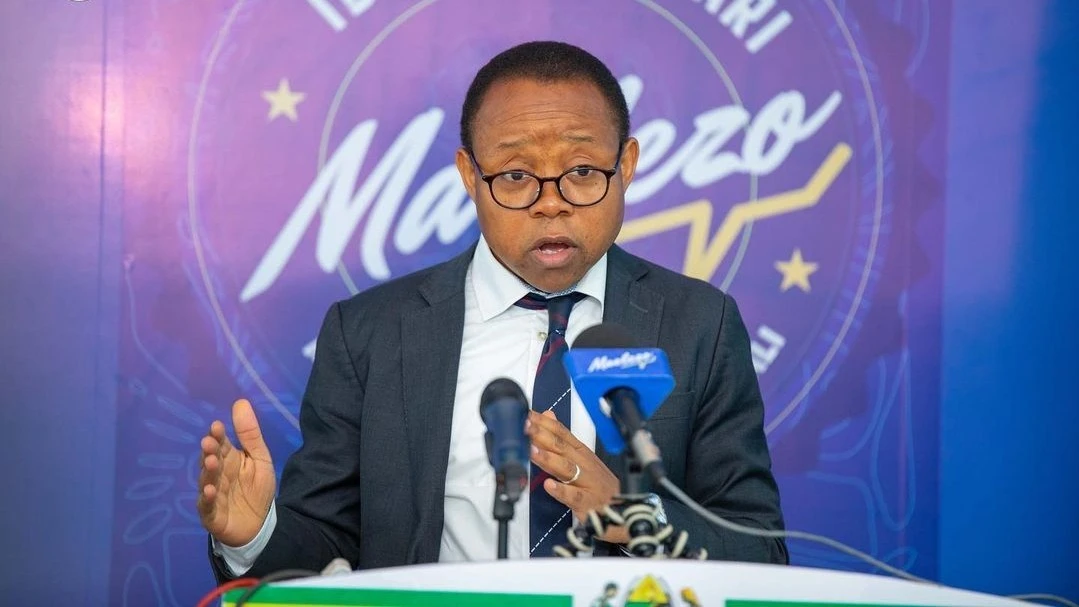
DIGITAL terrestrial television (DTT) signals currently cover 58 percent of the potential television audience, on the basis of the latest update by the Tanzania Communications Regulatory Authority (TCRA).
Dr Jabiri Bakari, the TCRA director general, said in a statement detailing July to September quarter for 2024 that DTT coverage has expanded to 33 percent of the country, inching up from 32 percent in June.
An online entry explains that direct satellite broadcasting (DTH) which the report says has now reached 100 percent of the potential audience as it covers the entire country, depends entirely on satellite emissions to feed broadcast channels.
DTT by contrast needs a network of towers to broadcast signals across a country, requiring land-based (terrestrial) digital transmitters to distribute signals, whereas DDT needs terrestrial facilities for broadcasting in a digital format.
The report said that the DTT system has been operational in Tanzania since 2014, in the wake of the switch to digital television broadcasting, which includes FM radio broadcasting that now reaches 78 percent of the population by September data, up from 75.52 percent in June.
FM signals now cover 56.5 percent of the country, from 49.94 percent earlier, with TCRA issued 15 new content broadcasting licences during the quarter, including one regional radio licence, five district-level radio licences, and two community radio licences.
Three national subscription-based television licences were granted during the quarter, as well as one licence for internet radio, one for online content creators and processors, and two for news and events blogs, the statement indicated.
As of September 2024, TCRA had issued content service licences for 246 radio outlets, 33 for free-to-air television, 63 for cable television, 29 for ‘pay’ television, 210 for internet television, 10 for internet radio, 66 for news and events blogs, and 146 for postal and parcel delivery services, it said.
Fluctuations in cable television subscriptions were noticed as the number of subscribers had increased from 14,350 in 2020 to 19,739 in 2021 and to 22,295 in 2022, then seeing a decline in 2023, the report affirms.
The number of subscribers dropped to 16,223, a shift attributed to customers migrating to other television broadcasting platforms, it said, noting that in June 2024, 18,820 customers were connected to cable television, and by September this figure had risen by 2.0 percent to 19,153.
Cable television adoption is highest in Lake Zone regions, where Shinyanga leads with 4,845 subscribers, followed by Tabora with 2,118, Mwanza with 2,075 and Dar es Salaam with 1,169. Areas with much fewer cable television subscribers include Mbeya (64), Manyara (91) and Tanga (230), it added.
Top Headlines
© 2024 IPPMEDIA.COM. ALL RIGHTS RESERVED


